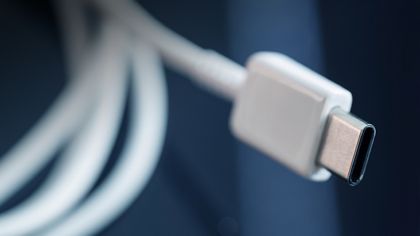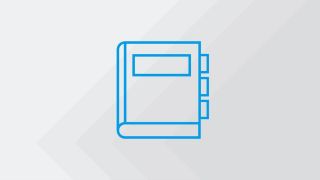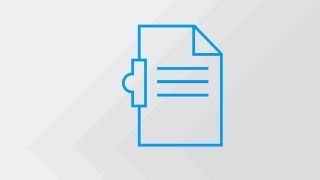USB testing for USB design and compliance
Practically all requirements for USB testing both during the USB design process and for USB compliance test on complete devices are met by Rohde & Schwarz test equipment, with a suitable test fixture to connect to the interfaces of the device under test, or probes for directly into the device circuits. On the physical layer, network analyzers provide the highest possible precision for signal integrity test on cables and connectors for USB interface test, including the highest data rates supported by USB.
If ever a group of designs has deserved the description “universal”, then it is the Universal Serial Bus family of interfaces. USB 1.0 was first introduced in 1996 by PC manufacturers to provide both communication and power for PC peripherals such as keyboards, mice, and printers. Subsequently chip-to-chip data communication was added with USB-IC. In the now near 30-year history, the range of functions as power supplies plus a data interface using a single cable, has extended enormously. The maximum data rate has increased from 12 Mbps with USB 1.1 in 1998 to 40 Gbps with USB 4, introduced in 2019. More than 2 billion USB interfaces are sold each year; as manufacturers need to be sure USB interfaces work, there is a large market for USB testing during design, and USB compliance test.
The USB Implementers Forum (USB-IF) is the trade organization responsible for USB specifications and USB compliance test. Manufacturers wishing to use an official USB logo on their equipment must meet the USB-IF test requirements, by either attending a USB-IF Compliance Workshop, or using a USB-IF approved test laboratory. Rohde & Schwarz oscilloscopes are officially approved by the USB-IF for USB Compliance Test at USB-IF Compliance Workshops. All forms of USB device test are supported, including USB message decoding for development and debug. Many devices that comply to a USB specification have not been approved by USB-IF; the manufacturers run their own compliance tests, also supported by R&S oscilloscopes.
Rohde & Schwarz network analyzers are approved by the USB-IF cable certification program for USB Type-C® Cable and Connector Compliance testing.













